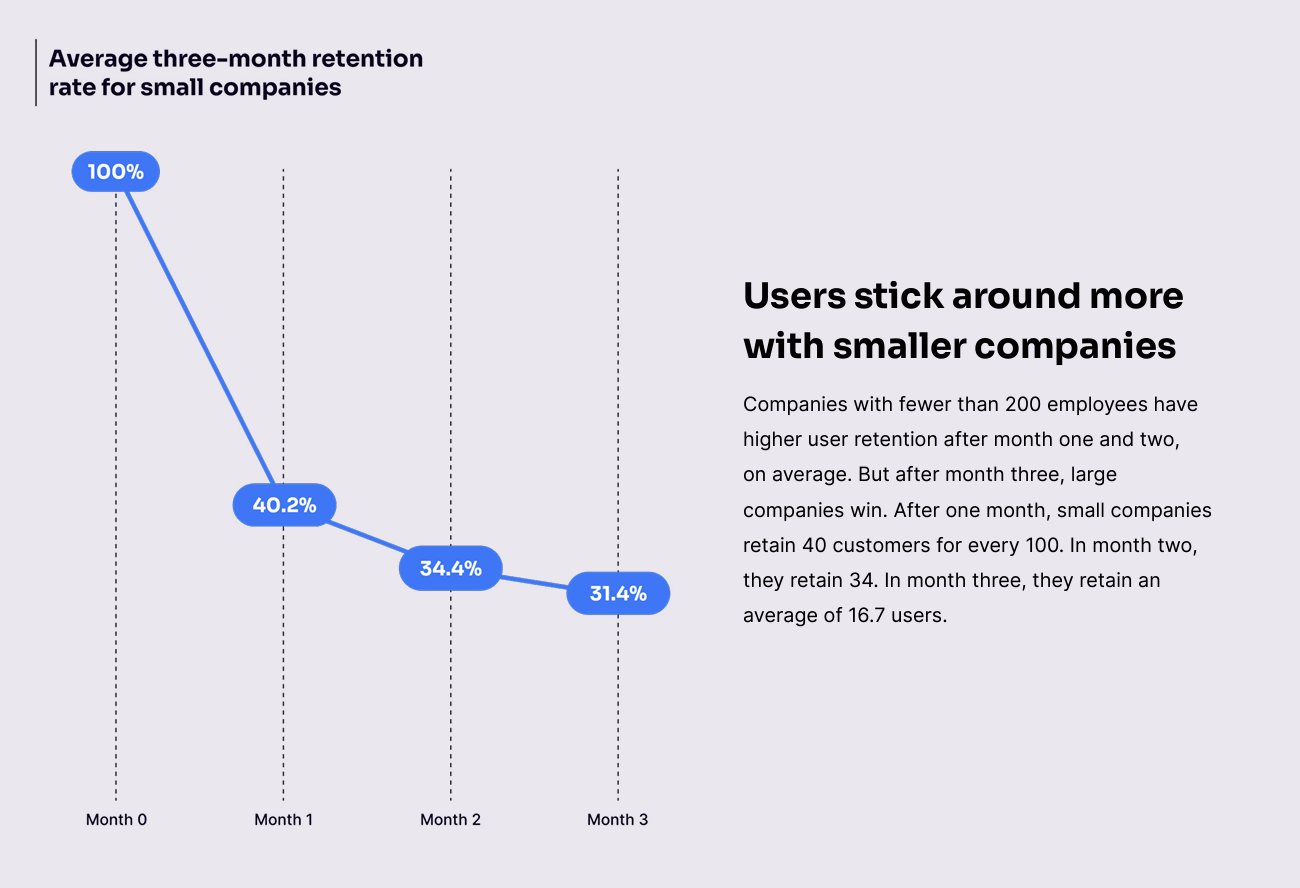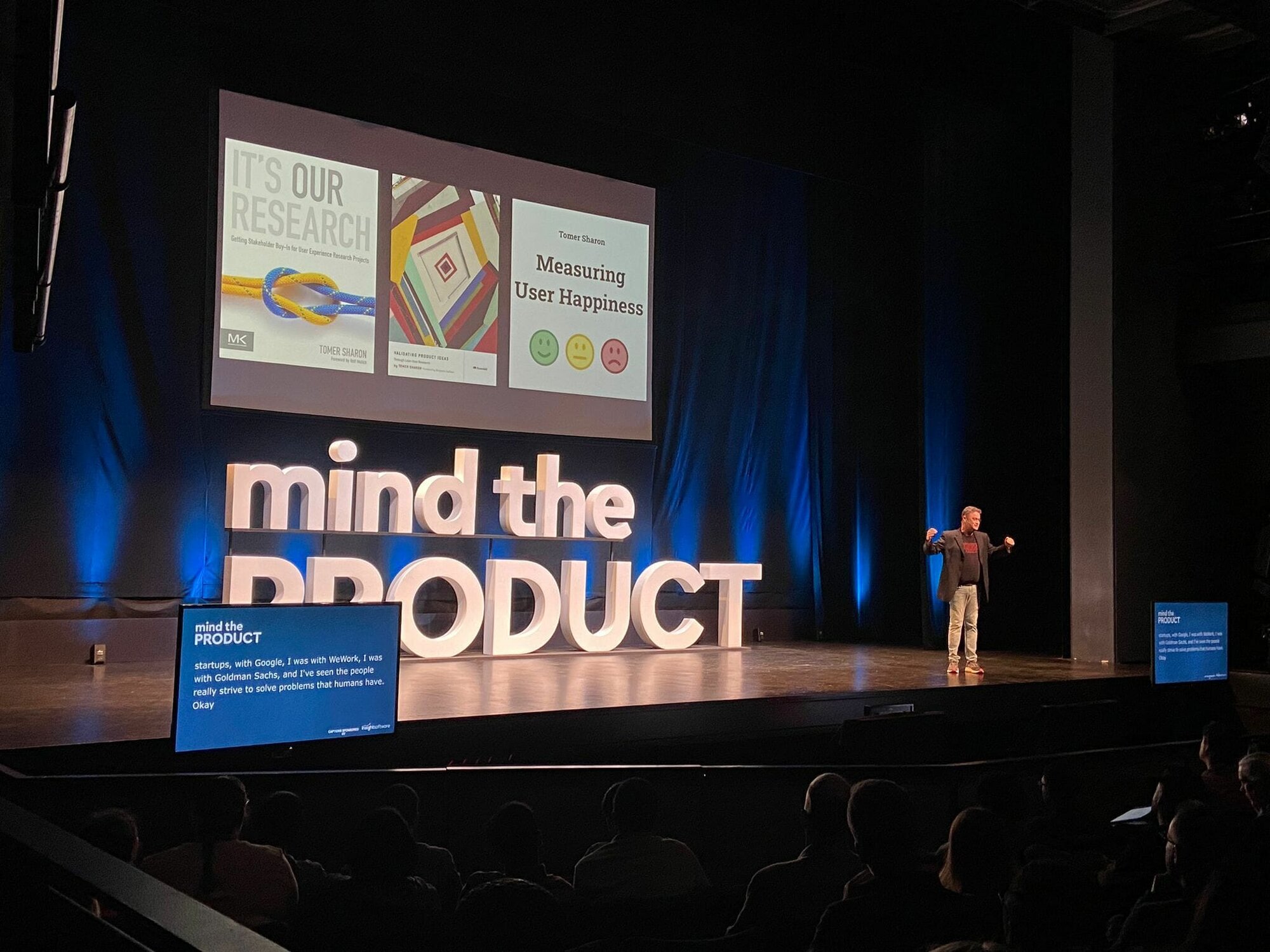Advertorial
As a product person, you know the value of analytics. Done right, these tools can enable your application to unlock a whole host of benefits for both you and users, especially when it is embedded.
However, analytics can present certain constraints if you approach it as just an add-on. Its ability to become a strategic component of your core product experience and provide value, in this scenario, is limited.
In this post, my aim is to get you thinking about your approach to embedding analytics into your product and to introduce something a little different — contextual analytics. This is a new and mature form of embedded analytics that can enrich and merge with your core product experience. I'll explain what it can do and share some simple steps to get you started.
The limitations of add-on analytics
The main reason we embed analytics into the product experience is to bring data closer to our users. By providing users with the right tools to help them explore important key metrics while using your software application, you empower them to make data-driven decisions, and derive more value from their experience with your software product overall.
Historically, analytics has typically been viewed as a standalone application, but recently software product managers have begun to integrate analytical features such as dashboards and self-service reporting into their applications as separate features. However, these standard dashboards and reporting tools are often bolted onto an existing product experience, rather than integrated into the core application. Because they are accessed separately and treated as independent from the main product, it’s an approach that places some limitations on the overall customer experience (CX). Here are some examples:
Pain points of traditional bolt-on analytics
Unnecessary friction
Because analytics is separated from the product’s transactional environment, users have to stop what they’re doing when they need context (data) to validate their decisions or to extract insights. This disrupts their thought processes and creates friction in workflows. I’ve seen this happen many times in the sales process, where you do your work in a transactional customer relationship management (CRM) system, but your budgeting happens in a financial system. You don’t necessarily know how you are progressing toward your commission targets without having to swap between the relevant systems first. Any time a user has to use multiple operational systems to source data for context to make a decision about the next step in their transaction is a potential disruption.
Unreliable guesswork
Your users are expected to look for insights manually, without any guidance on how to use the tools competently or where to look. This leads to users failing to look for data to make decisions and relying on gut feeling instead. If analytics isn't part of the product’s core experience or hidden away, you create hurdles and make it harder for people, which means they'll do what's easy and guess. It’s a huge gap that I’ve seen acknowledged by organizations across all sectors, but often the attempt to rectify it focuses on making people more data literate, rather than bringing the data and tools closer to their users’ core workflows and operational processes.
Reduced engagement
There’s no guarantee or incentive that your users will gain value from your product’s analytics or even use them; if users see the product treating analytics as separate from its main functions, they have less incentive to engage with analytics tools as part of their daily work. In 20 years of working in the field, I’ve seen this problem over and over again; people will simply not use the data available to them competently or consistently if it’s harder to access, as they have to make a conscious effort to switch contexts to use it.
It’s important to bear in mind there is a nuance between needing to analyze data for deeper context and needing to analyze data to understand big-picture insights such as the latest trends or changes. In the latter scenario, traditional embedded analytics (bolted-on dashboards and reports) are fine to exist in a separate module from your core product, and can still provide valuable context and assistance in the user’s decision process.
However, the fact is data is used in applications for operational decision-making, and when you separate the decision from the data, problems can arise and the overall usability and experience of your product’s analytics isn't always as easy or seamless as it could be. Ultimately, what you’re left with is users not using their data consistently – or at all. Less people will go and run a report whenever they need to make a decision if the analytics tools they need to do so are separated from their everyday workflow. But if that data is right in front of them and they can just glance at it, they will use that context and analytics as part of their daily work and gain better value from it.
What’s required is a different approach—one that doesn't separate analytics from the rest of the work your users do in your product. This is where a new and mature form of analytics comes in.
What is contextual analytics?
Imagine you’re applying for a loan via a mobile banking product. Through that process, you're required to send in forms digitally while bank staff assess your level of risk. In the background, they’re working to source the data they need about you to make a choice. They log into one part of the application to get a credit report, and then log into another to get valuation metrics. Each time, they have to stop what they’re doing to access and look for data and do their research.

Working at a large financial institution, I saw procurement dashboards built that helped people to identify when requests were being made outside of the procurement rules. But because that system was detached from the procurement approval process, people didn’t use it and they would continue to approve purchase requests without validating whether or not they were within the rules, even though there was a whole dashboard to help them do so. That’s because analytics was separated from the core systems used for approvals. Often people believed they were smarter than the data in the dashboard. There may have been surprise when they were shown the data, but it still wouldn’t compel the majority of users consistently to use these tools.
In an ideal world, the user would simply be able to complete all these tasks in one continuous workflow, in real time, in order to make more data-driven decisions. This is contextual analytics. Discover more insights on product analytics.
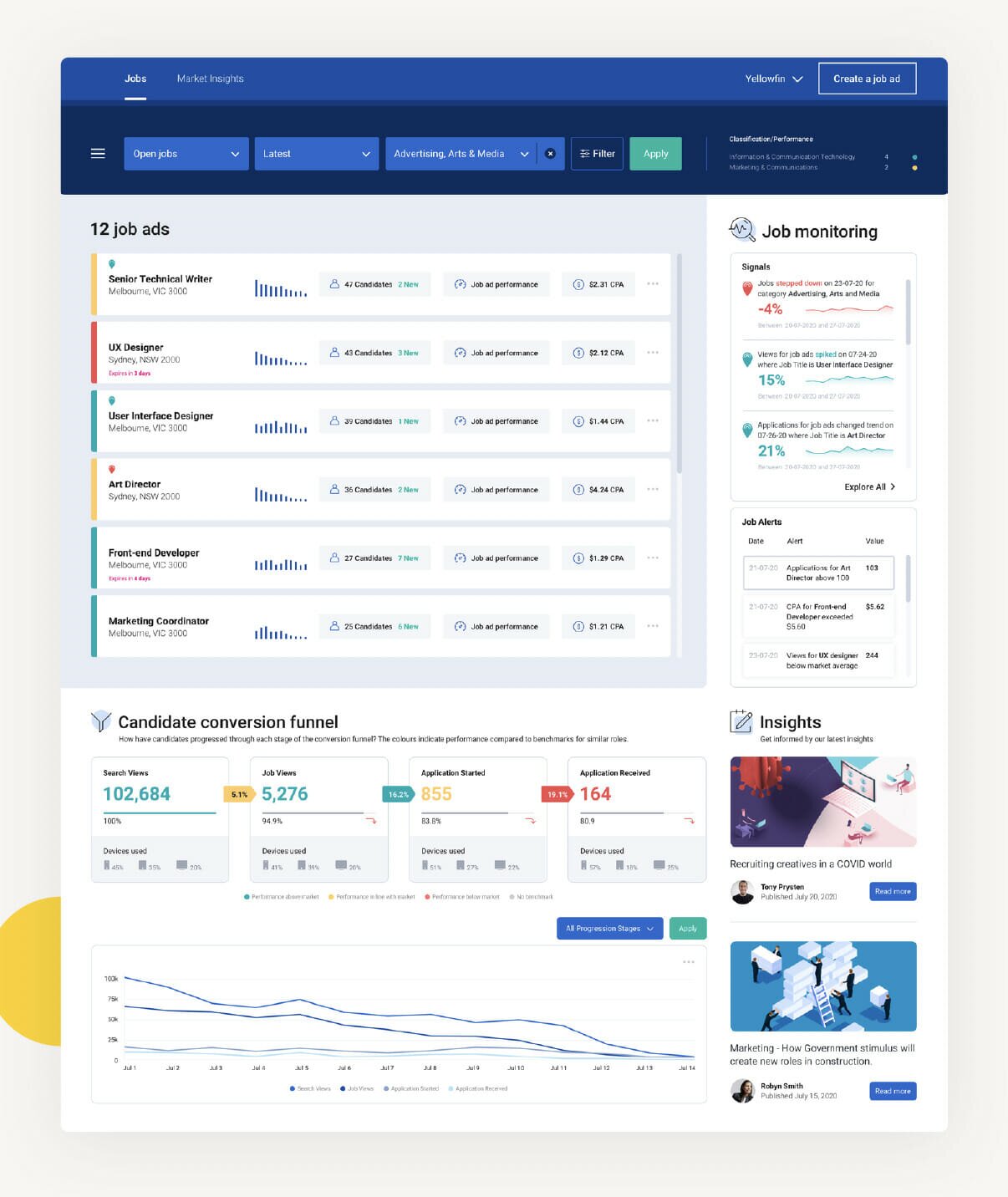
Contextual analytics is when dashboards and analytics are embedded directly into an application’s core workflows. It's a more specialized, mature form of embedded analytics that's a true part of the core experience and seamless for the user to leverage, so much so that they don’t even know they’re using it. If you know about embedded analytics, where you’re plugging a dashboard into an application, this takes things one step further, integrating analytic components (charts, tables, alerts, even whole dashboards) directly into an application’s user interface and core transaction flow. This means they have the most relevant data and insights at the exact point in time they're needed to assist in their next action; they are then constantly and proactively guided by relevant data to make the best decision possible.
Expanding possibilities
Contextual analytics makes a deeper merger of analytics and transactions possible. Data is now far more contextualized, dynamic and personalized for all the benefit of all your end users. As users do their normal work with your application they can simply click elements within their transactional environment to gain instant context and dynamic insights.
If contextual analytics had been brought into the procurement scenario earlier, the user would have been able to approve something straight away without having to switch away from their transactional environment and potentially disrupt their workflow. They'd see spikes in requests from a particular department, or a new supplier who's never requested before, and would be able to leverage this relevant context instantly. The user can ask those extra critical questions – ‘Should I be approving this?’, or ‘Why is there such an outlier of a spike?’ rather than rely purely on gut feeling, and ultimately be prompted into decisive action – without having to leave their regular procurement approval process systems.
Benefits of contextual analytics for product owners and users
Contextual analytics takes data and truly makes it core to the way in which your customers experience your application. It triggers workflows because users are prompted by their analytics into appropriate action, it supports those workflows and it really guides them to use your software far more competently, using data to drive their decision-making every step of the way.
Contextual analytics is delivered to the user in two forms and provides a number of key benefits
1. Predefined visualizations
These include visuals like charts, tables and dashboards that present themselves based on user action. For example, a detailed chart of a customer’s purchase history can pop up for a user who views an account record, enabling them to make decisions there and then, without switching contexts.
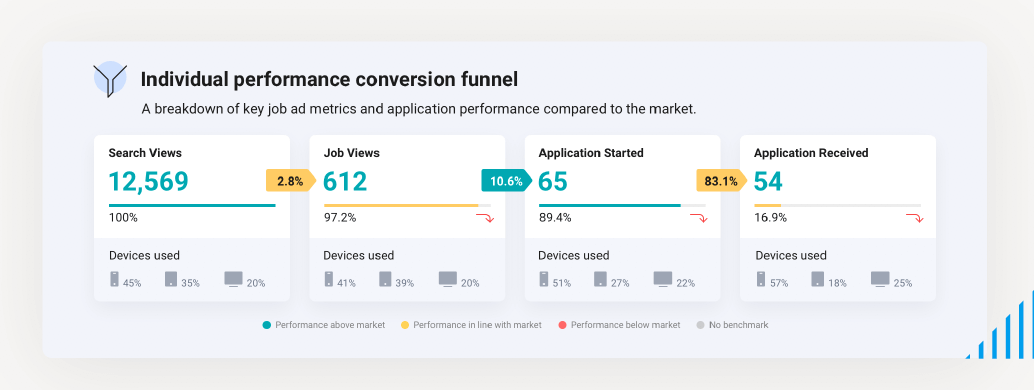
2. Dynamic analysis and alerts
While in their regular workflow, users can receive pop-up alerts, leading to valuable insight and prompting them to take further action. For example, an alert to an anomaly in sales performance or a threshold crossed in traffic can be delivered as they work.
This capability benefits a wide variety of use cases. Marketing users can instantly view website traffic, get alerted to relevant spikes with dynamic visualizations, and analyze trends without leaving their main CRM interface, while retail store managers can access demand forecasts and create weekly work schedules (i.e. make decisions), without having to stop what they’re doing.

Contextual analytics is also ideal for supporting decisions or triggering actions, enhancing a product’s transactional workflows by proactively providing data relevant to the user. By reducing extraneous data, it becomes possible to deliver more information related to what users want to do, instead of expecting them to explore datasets and manually extract insights.
For product owners, having these capabilities as part of your core experience will ensure users derive more business benefits from your software, increase customer stickiness, and ensure they actually use the analytical tools you provide them as part of your product.
Getting started with contextual analytics
Rethinking how analytics can play a bigger role in enhancing the product experience with newer techniques like contextual analytics takes three simple steps to get started the right way.
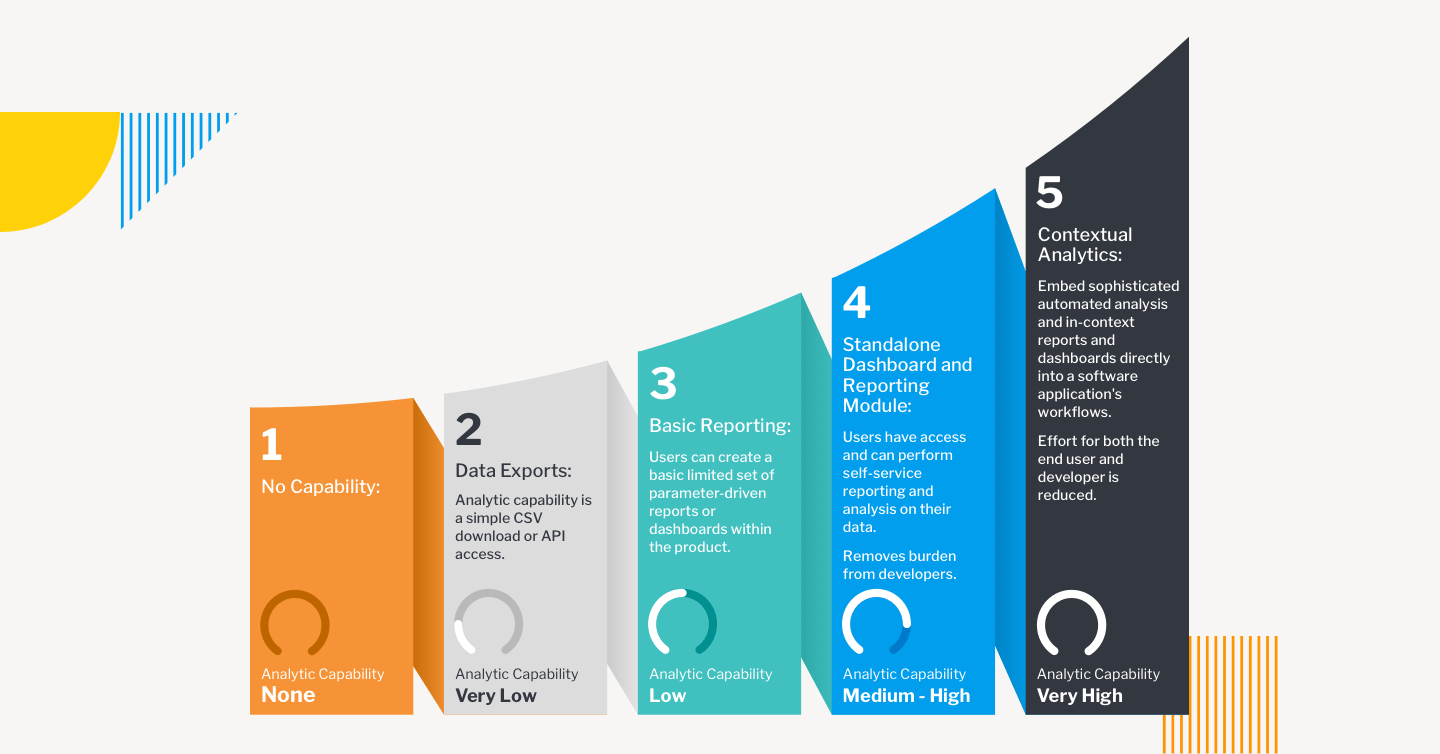
Step 1: Understand how mature your software product’s analytics capabilities are
Knowing where your product and data stands today is key to being able to identify opportunities for appropriate change in the way you deliver analytics to users. A successful embedded analytics offering is underpinned by the right framework and strategy, meaning you must invest appropriate time in building a foundation and assessing your team and your product’s current capability before implementing any form of analytics that helps your customers transact better.
You can review your current analytics maturity level and then address where your product may need to improve before adopting contextual analytics using the embedded analytics maturity curve.
Step 2: Create contextual linkages
Your product team must determine the right type of data your developers will need to embed into your application’s transaction flow – in the form of in-line charts, automated alerts, dashboards, and so on – that will help support your customers to make better decisions at each stage of their workflow within your product.
Going back to the procurement example: If a transaction for 1,000 units of inventory needs to be approved, yet one department has already bought 10,000, should the next transaction be approved? The user may not know the full history for that particular product.
Think about all the things that are going to help them do that, for example:
- A segmented breakdown of that department’s approvals
- Visualized comparisons to others in terms of inventory
- Alerts for when a spike in approvals occur
It’s this type of information that will help procurement officers to determine the right course of action, without having to go into a separate tool for context and potentially face disruption in their thought processes or workflows. You can identify content and other linkages your developers need to embed in our developer’s guide to contextual analytics.
Step 3: Plan your launch around analytics as a core, seamless part of your product
Work with your product management team to determine the best analytics solution that really melds data together with the core experience, rather than as a siloed add-on. The type of analytics platform you choose and how you approach integrating analytics from the start determines whether you can create a truly unique and helpful analytical experience for your users that makes these valuable tools as essential to use as your core product functions. You can view an example of contextual analytics in action in our video walkthrough.
Next steps
Users don’t view analytics as a bonus tool anymore. They want better, faster ways to find and act on insights from data that help with decisions and make their job easier. This need means they want greater value from the analytics in your product.
Contextual analytics can deliver the deeper level of insights users need for their daily work, enrich your product experience with tighter merging of analytics and core functions, and provide a competitive differentiation that guarantees people use and derive value from the analytics your product provides – which, in the digital age, is more important than ever.
See contextual analytics in action
Book a demo with the team at Yellowfin – product people, like you – for an opportunity to see contextual analytics embedded into product workflows. They'll walk you through the process step-by-step, and answer any questions you might have to help you to better understand how contextual analytics will benefit your users and add value to your product. As a thank-you for your interest, you'll be entered into a prize draw for a chance to win a brand new PlayStation 5!
Explore more product analytics content. For even more content on a range of product management topics, see our Content A-Z.


